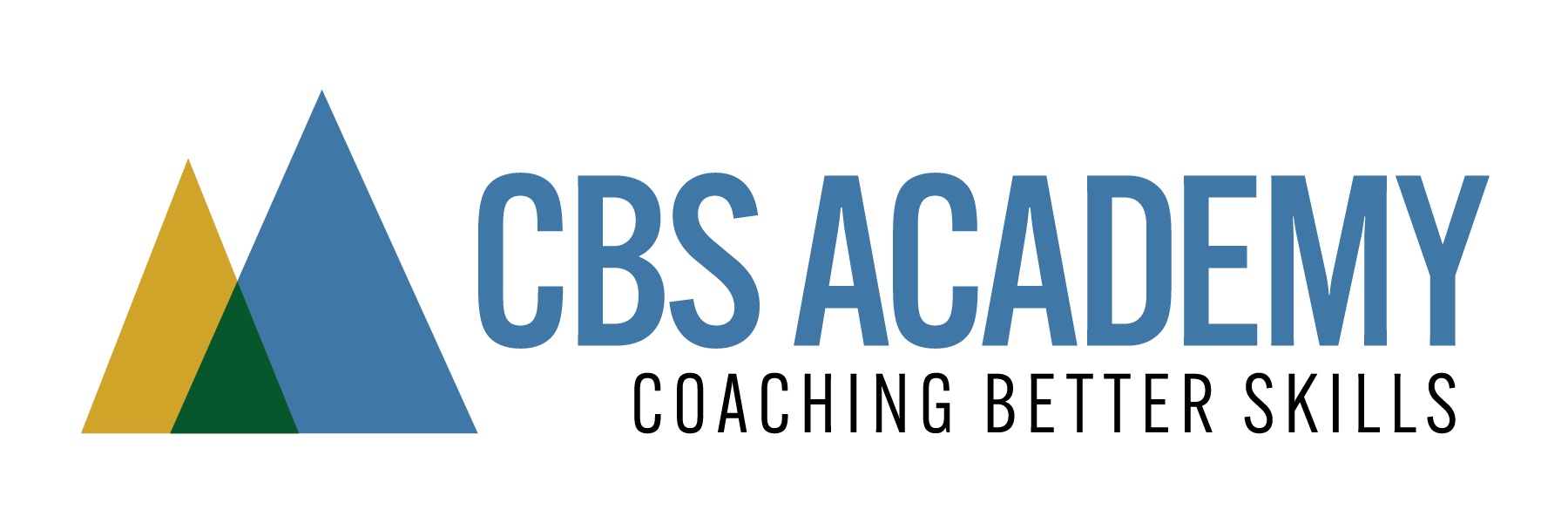How to Create a Leader Log
A leader log is an essential tool for team leaders, providing a systematic way to track the growth and development of each agent. Updated after every development session, it also includes information on performance issues, behavioral patterns, and any other relevant discussions. Here's a comprehensive guide to creating and maintaining an effective leader log.
Write your awesome label here.
1
Basic Information
Start by clearly noting the agent’s name and the date of the development session. This basic information helps keep the log organized and ensures that entries are easily traceable. Feel free to use one form for each agent and build on it throughout the month or quarter.
2
Advertise
Detail what took place during the session. Was it a skill development session, a performance review, or a disciplinary meeting? Provide a brief overview of the main topics covered or the specific skills practiced. For example, if it was a skill development session, mention the skill that was focused on and the objectives of the session.
Record how the agent responded to the session. Did they understand the concepts or skills being discussed? Were they able to demonstrate the skill properly if it was a practice session? This helps gauge the effectiveness of the session and the agent’s level of comprehension. Documenting the agent’s response ensures that you can track their learning progress over time.
Record how the agent responded to the session. Did they understand the concepts or skills being discussed? Were they able to demonstrate the skill properly if it was a practice session? This helps gauge the effectiveness of the session and the agent’s level of comprehension. Documenting the agent’s response ensures that you can track their learning progress over time.
3
Addressing Issues
Document any performance or behavioral issues discussed during the session. Include specifics about what the issues are, how they were addressed, and the agent’s response. Did the agent acknowledge the issues? What did they commit to doing to resolve them? Detailed records of these conversations are crucial for accountability and for planning future development activities.
4
Agent's Response
Note any commitments the agent made during the session. This could include actions they promised to take to improve their performance or changes in behavior they agreed to make. This ensures there is a record of the agent's accountability and provides a clear reference for follow-up sessions. Record the agent’s feelings about the session and the issues discussed. Were they receptive and motivated to make changes, or did they seem resistant?
Understanding their emotional response can provide insight into their level of engagement and potential challenges. This information can help tailor your approach to better support each agent.
Understanding their emotional response can provide insight into their level of engagement and potential challenges. This information can help tailor your approach to better support each agent.
5
Follow-Up Plan
Set a date for the next follow-up session. This keeps the development process ongoing and ensures that both the leader and the agent remain accountable for tracking progress and addressing any unresolved issues. Scheduling follow-ups also helps in maintaining a structured development plan.
Conclusion
Consistency is key when using a leader log. Ensure that you update the log after every session and interaction with the agent. This regular documentation helps create a detailed and accurate picture of each agent’s development journey, making it easier to track progress and address issues promptly.
A leader log is a powerful tool for managing and developing a team. By following this structured approach to creating and maintaining your log, you can ensure that each agent receives the personalized support they need to succeed. Regular updates and thorough documentation not only keep track of progress but also reinforce accountability and continuous improvement within your team.
A leader log is a powerful tool for managing and developing a team. By following this structured approach to creating and maintaining your log, you can ensure that each agent receives the personalized support they need to succeed. Regular updates and thorough documentation not only keep track of progress but also reinforce accountability and continuous improvement within your team.
